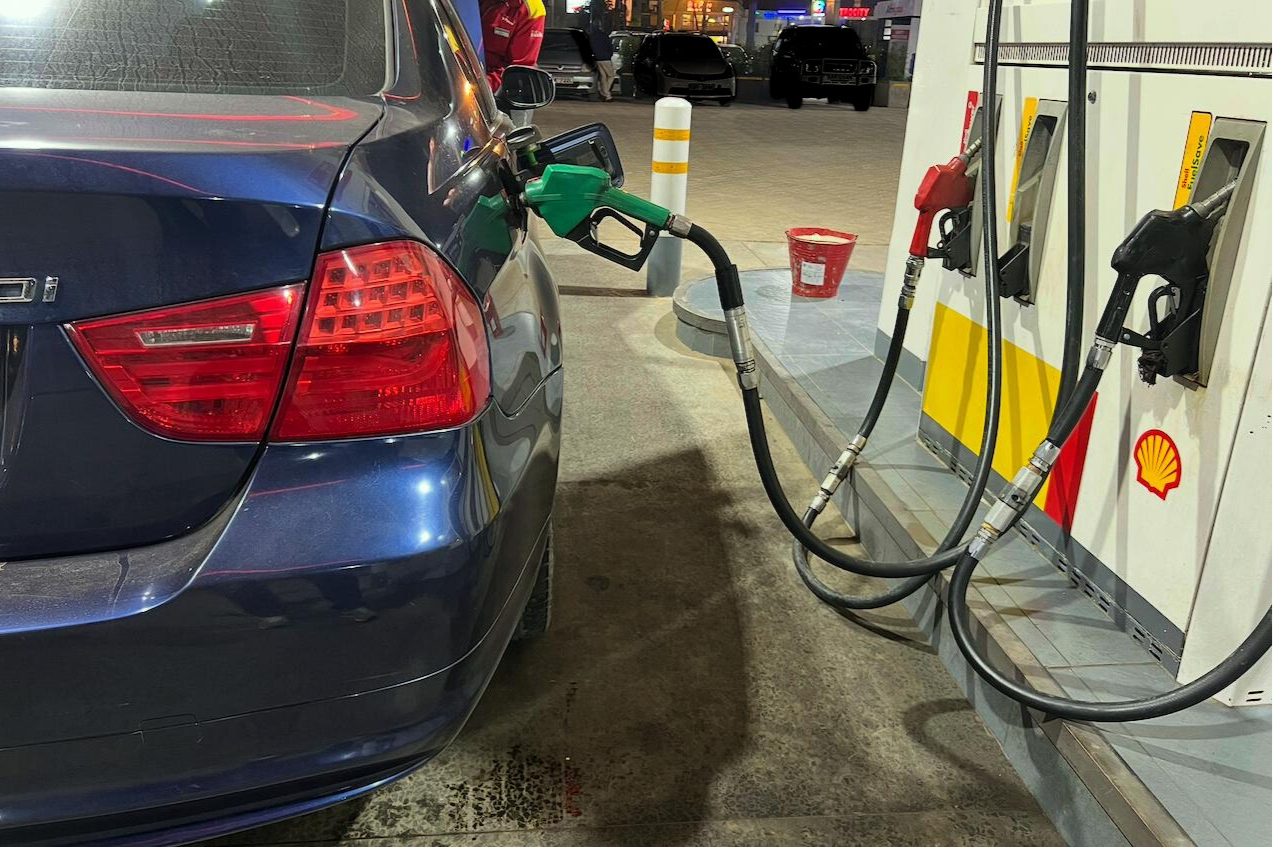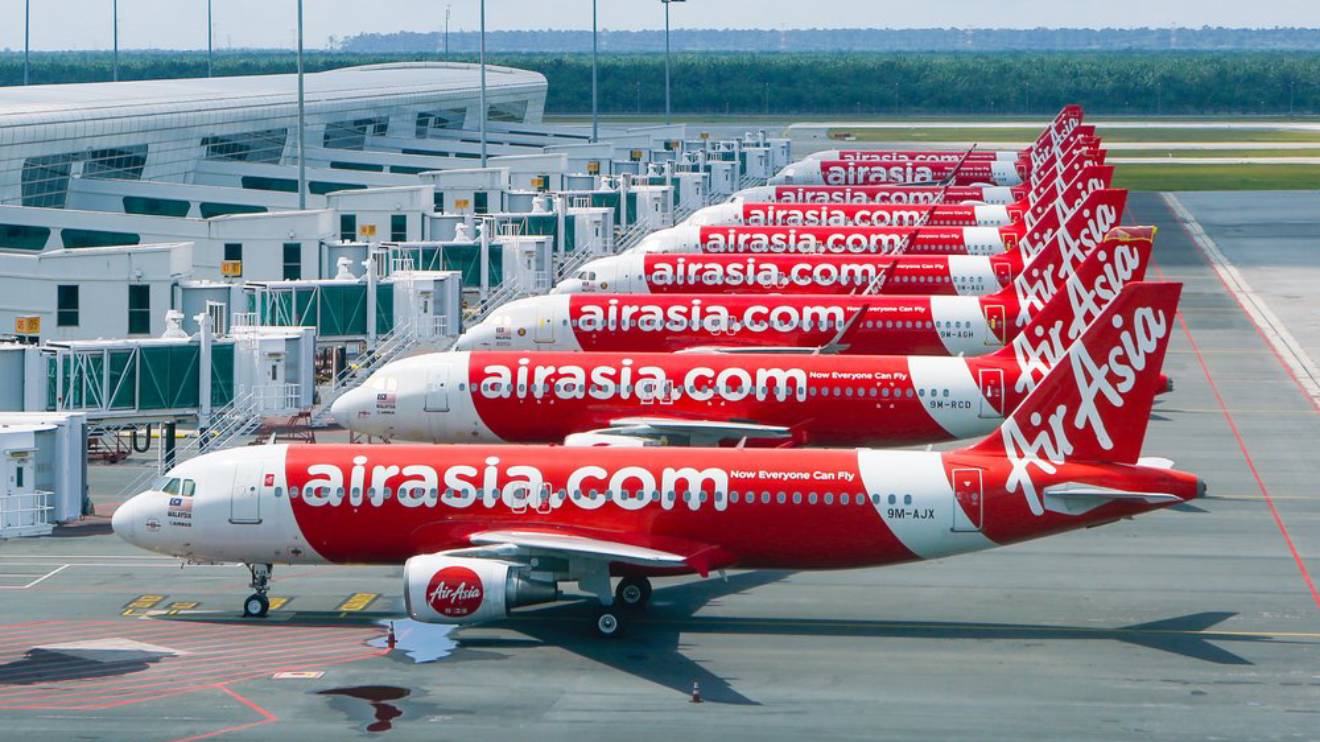The Kenya Revenue Authority (KRA) has directed all petrol stations across the country to connect their fuel pumps to the Electronic Tax Invoice Management System (eTIMS) by June 30, 2025, marking a major push to improve oversight and tax compliance in the fuel sector.
KRA announced that the move replaces the outdated Electronic Tax Registers (ETRs), which it says were poorly suited for the complex, high-volume operations of petrol stations.
The eTIMS system, by contrast, integrates directly with fuel dispensers and point-of-sale (POS) terminals, enabling real-time reporting of transactions and Value Added Tax (VAT) claims.
“The new system allows for real-time, seamless invoicing through integration with a fuel station's forecourt controller, computerised sales system, fuel management system, point of sale (POS), and/or printer, depending on the station's automation level,” the KRA wrote.
“This integration ensures that every transaction is captured electronically and transmitted to KRA in compliance with the law,” the statement revealed.
Read More
While the system has already been piloted at several stations since April, KRA has now set a clear nationwide deadline. The authority said petrol stations may either self-integrate or work with one of the certified third-party providers.
"As of April, five third-party eTIMS integrators were certified, with several fuel stations already successfully integrated and many others progressing through various onboarding stages," the authority warned.
"KRA has set June 30 as the final date for all fuel stations to complete their integration with eTIMS. We encourage all fuel stations to onboard eTIMS to avoid enforcement action."
According to KRA, the system is not just a legal obligation; it offers practical benefits to stations, including faster service, simplified tax processes, real-time validation, and fewer disputes, ultimately making VAT refund procedures smoother.
Even so, some players in the sector have raised concerns that the costs of adopting the new system could eventually push fuel prices higher, burdening motorists already facing steep pump costs.




 (1)-1725105260-1746515963.jpeg)



-1746531767.jpeg)
